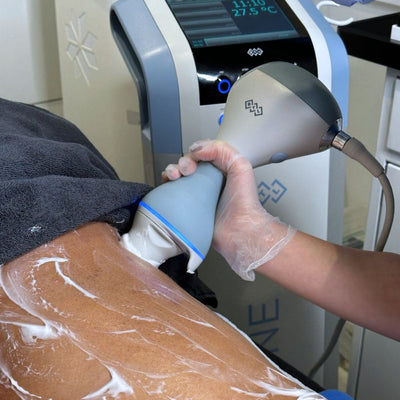Understanding And Treating Hyperpigmentation

LATEST TIPS AND INSIGHTS BY CAVENDISH CLINIC
Hyperpigmentation is a skin condition that affects millions of people worldwide, and it can be frustrating to deal with. Whether it’s sunspots, melasma, acne scars, or age spots, hyperpigmentation can take a toll on your confidence and overall skin health. Let’s explore the latest tips and insights for understanding, preventing, and treating hyperpigmentation effectively.
WHAT IS HYPERPIGMENTATION?
Hyperpigmentation occurs when certain areas of the skin become darker in color than the surrounding skin. This happens due to an overproduction of melanin, the pigment responsible for skin, hair, and eye color. There are several common types of hyperpigmentation, including:
- Sunspots: These are caused by prolonged sun exposure and can appear as small, dark spots on the skin.
- Melasma: Often triggered by hormonal changes, melasma leads to brown or grayish patches on the face, particularly in women.
- Post-Inflammatory Hyperpigmentation (PIH): PIH occurs after skin inflammation, such as acne or a rash, and leaves behind dark marks.

LATEST TIPS AND INSIGHTS:
1. Sunscreen is Your Best Friend:
One of the most crucial steps in preventing and treating hyperpigmentation is consistent sun protection. The sun’s UV rays can exacerbate existing hyperpigmentation and trigger new spots. Use a broad-spectrum sunscreen with SPF 30 or higher daily, even on cloudy days.
We recommend SkinCeuticals Mineral Matte UV Defense SPF 30 30ml & Skin Blue Filter
2. Topical Brightening Agents:
Incorporate skincare products containing ingredients like vitamin C, niacinamide, and alpha hydroxy acids (AHAs) into your routine. These ingredients can help fade existing pigmentation and prevent new spots from forming.
3. Professional Treatments:
Consult with a dermatologist for advanced treatments like chemical peels, laser therapy, microdermabrasion, or prescription-strength topical medications. These can be highly effective for stubborn hyperpigmentation.
See a full list of our treatments here
4. Stay Consistent:
Treating hyperpigmentation takes time and consistency. Be patient and adhere to your skincare routine diligently to see noticeable improvements. We always recommend a twelve-12 plan, and then analyse your results.
5. Address Hormonal Triggers:
If you have melasma, consult with a healthcare provider to address any underlying hormonal issues that may be contributing to your pigmentation concerns.
6. Avoid Picking and Squeezing:
Resist the urge to pick at your skin or pop pimples, as this can worsen hyperpigmentation and lead to PIH.
7. Dietary Considerations:
Some studies suggest that a diet rich in antioxidants and omega-3 fatty acids may help promote healthy skin and reduce hyperpigmentation. Incorporate foods like berries, fish, and leafy greens into your diet.
DR’S CONCLUSION:

Hyperpigmentation can be a challenging skin concern, but with the latest tips and insights, you can effectively manage and treat it. Remember that everyone’s skin is unique, so it may take some trial and error to find the best approach for your individual needs. Consulting with a dermatologist is always a wise step in your journey to achieving clear, even-toned skin.
By following these latest tips and staying informed about the best skincare practices, you can regain your confidence and enjoy a more radiant complexion.


